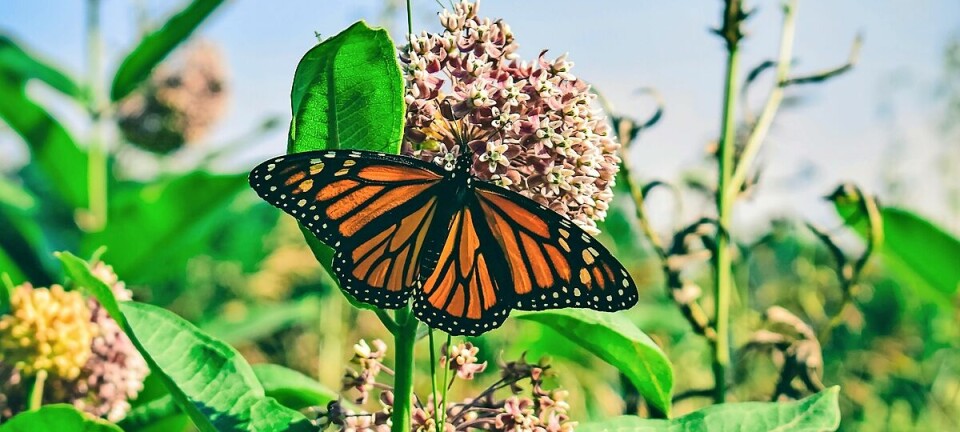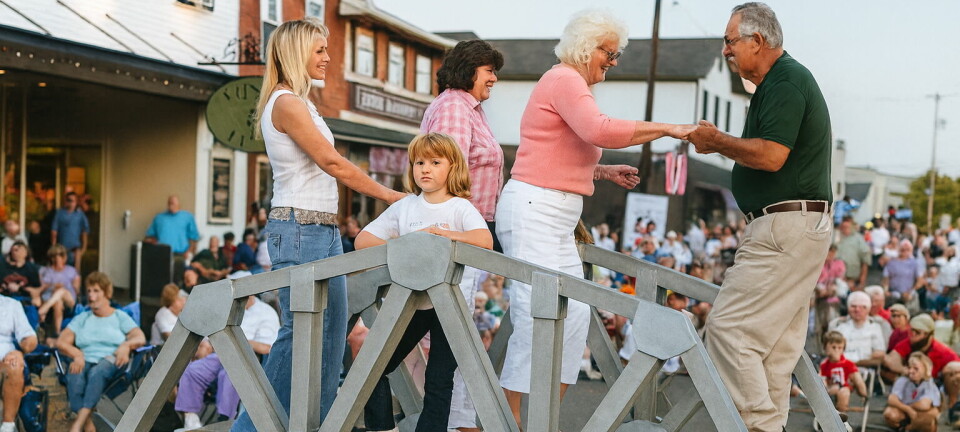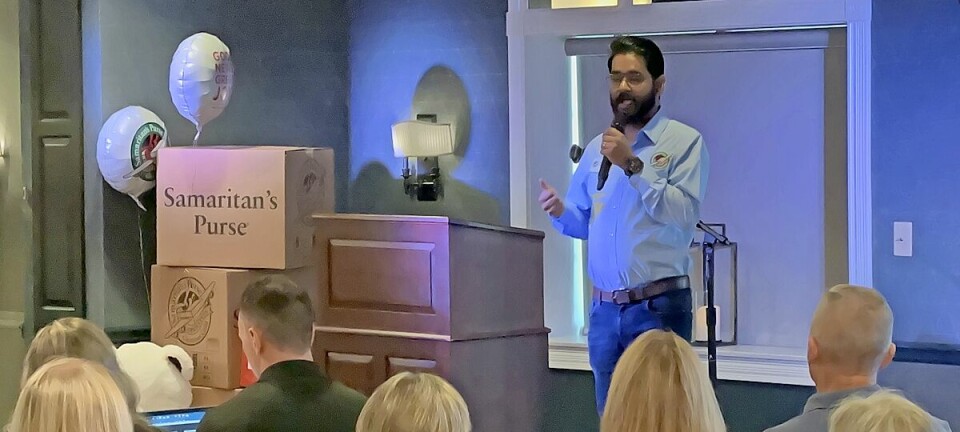The Color Tusc initiative assists pollinators at TCCA

Color Tusc is an initiative to restore native habitat in Tuscarawas County in an effort to provide vital pollinators from solitary and social bees to paper wasps and broad-tailed hummingbirds safe places to forage, frolic and nest.
A project by Sustainable Wildlife Area Restoration Movement co-founders Rome Marinelli and Amy Mathews of New Philadelphia hosted the inaugural Color Tusc event at the Tuscarawas County Center for the Arts on Saturday, June 2 with several volunteers to assist.
The finished habitat replaced non-native grass with nine different species of native plants, all of which are attractive to pollinators.
“We chose native plants because they have had hundreds of thousands of years to acclimate to the Ohio climate,” Marinelli said. “We know the plants will survive, and pollinators will be attracted to them.”
Jeannine Kennedy, director of TCCA, was on hand to help roll sod and prepare the designated area for planting.
“Rome was a student here at TCCA years ago,” Kennedy said, “and Amy was a student of mine at Kent. They came to me with their idea and asked if they could present it to the board of directors. The board immediately accepted it. The project will provide habitat for pollinators and act as a muse for artists.”
Marinelli said the Center for the Arts had wanted the landscape to include outdoor classroom space, and the Color Tusc native habitat garden begins to fulfil that need.
“We thought there was no better place to begin the Color Tusc initiative,” Marinelli said. “The center already connects art and nature.”
Despite the industrial setting, the center is surrounded by natural elements including vast wooded areas and fields. Marinelli hopes employees in the region including Ohio Department of Transportation, Lauren Manufacturing and others along Reiser Avenue will visit the habitat.
“Nowadays employers provide health initiatives that give employees time to walk and take breaks outdoors,” Marinelli said. “We invite them to come to the habitat. It’s well-documented that being in nature helps reduce stress. In time, maybe other businesses in this area will provide similar habitats of their own.”
With projects in the works spearheaded by local businesses and supported by the county commissioners that include walking paths in the area surrounding the Center for the Arts, Marinelli sees a lot of potential to expand the Color Tusc project.
Funding for this part of the Color Tusc project came from a grant SWARM received Nov. 21 from the Pollination Project, a California-based nonprofit that makes daily seed grants to inspiring social change-makers across the globe who are committed to a world that works for all humans and wildlife.
Marinelli said SWARM’s mission to combat pollinator decline by re-establishing native habitats, raising awareness and providing education on pollinator conservation put them in an excellent position for consideration.
The grant provided nine flats including 38 plants each of big bluestem, a warm-season, perennial bunchgrass with blue-green stems that can reach 8 feet tall and act as a windbreaker in the rear of the habitat; New England aster; ox eye sunflower; blue vervain, which has purple flowers that appear in summer; rose milkweed, a vanilla-scented plant that hosts monarch butterflies; coneflower; foxglove beardtongue; phlox; prairie dropseed, a clump-forming, warm-season, native perennial grass; bee balm, also called wild bergamot; cardinal flower, Ohio spiderwort; and a swamp rose bush, which unlike decorative roses is an easy-to-get-to food source for pollinators.
With extremely fragrant pink blooms that last for six to eight weeks from June through July, the swamp rose bush produces the fruit, rose hip, which is red and fleshy on the outside with a mass of seeds inside. The rose hips are eaten and spread by birds.
Some tools also were provided by the Pollination Project grant. Additional tools including a sod remover was provided by Frontier Tool and Equipment Rental in New Philadelphia.
“This project would not have been possible without our community partner, Frontier,” Marinelli said.
Volunteers were offered sod, and members of the community also could take some if they made a nominal donation to SWARM to help fund future projects. Marinelli said any leftover sod would be taken to a compost pile in Tusky.
Next up in the Color Tusc series is native habitat restoration at Dover’s Riverfront Park. Marinelli said funding for this part of the series was provided by the City of Dover.

























